This is a special illustrated book of 264 historical figures, created by Kaovjets Ngujens (Cao Viet Nguyen), a young Latvian artist of Vietnamese origin. Having worked on many projects illustrating books, murals, historical films in Europe, as well as books researching Vietnamese history, the young artist lives in the West but is especially interested in the history of his country.
Initially, it was just an idea to illustrate some historical figures, but then Cao Viet Nguyen developed it into a larger project with 264 illustrated characters and 28 events and is expected to continue. With Vietnamese History Characters , Cao Viet Nguyen has laid the first bricks for recreating history through illustrations of a system of real characters, who had an influence throughout the development of Vietnamese history from the Hong Bang period to the Ly period, with visual details that are most closely researched from the remaining historical documents.
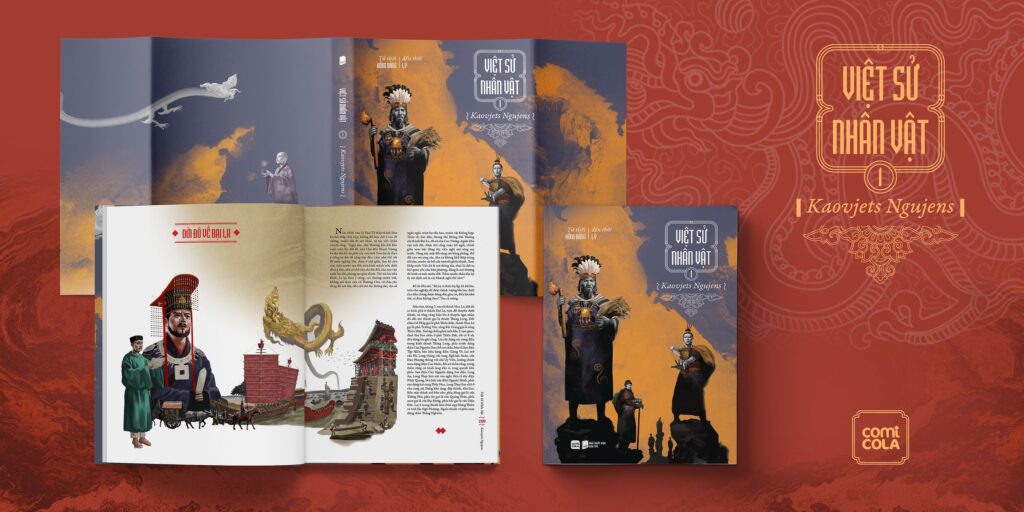
Cover of Vietnamese history book
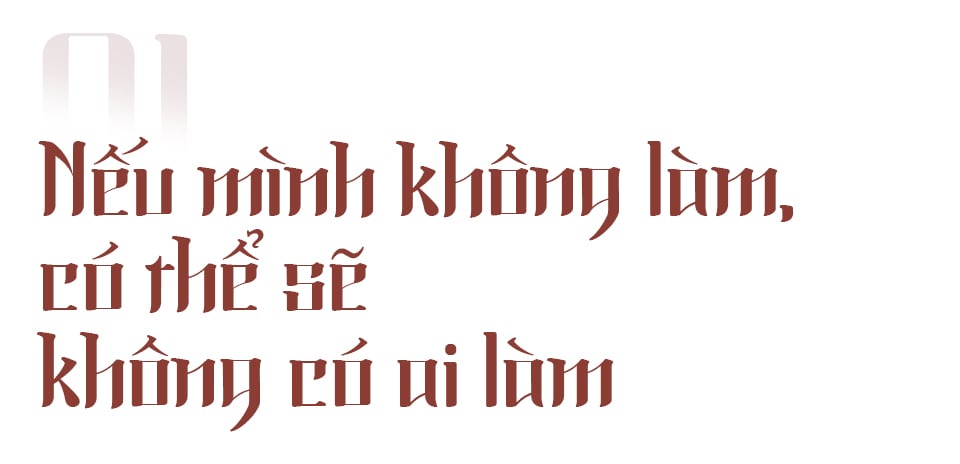
He once said that he launched this project with the desire to introduce Vietnamese history through a system of connecting real historical figures, in order to improve people's understanding of the country's history. But why not just simple illustrations or comics? but developed into a book?
Around 2020, when I sat down with my friends in the ancient culture group to discuss how to develop ancient culture, each of them had their own opinion. Some said that we should make more historical films to help develop it. Some others said that we should develop more ancient costumes into life.
But I think we need to start from the most basic things, which is making books. Becauseeducation is very important. Currently, Vietnamese filmmakers are facing many difficulties in making historical films. Everyone wants to do it, but when they start, they realize that they don't know where to start, what the costumes are like, whether it's right or wrong, who to find to solve that problem...
All of that will develop from education. We do not have adequate educational programs on cultural history and costumes. Looking more broadly at other countries, for example, Japan has a whole series of comics used in schools to talk about history. China has illustrated, simulated, and restored history too much. But we are still very limited. This is understandable, because there are many artists who also want to simulate and restore Vietnamese cultural history, but they face many difficulties, especially in terms of food, clothing, and money. When artists get married, it is almost 100% certain that they will not be able to draw history according to their own preferences like before.
Second, once they draw, post it on social media or make it public, they don't get anything in return, no one pays them to do the work that takes a lot of time and effort.
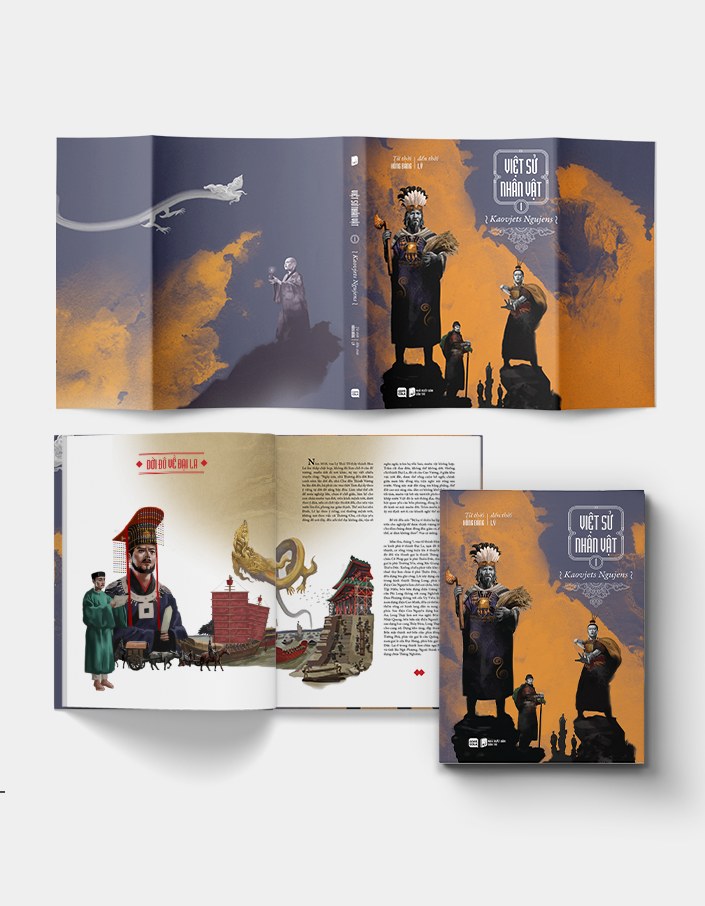
Cover of Vietnamese history book
Lack of documents, difficulties in researching costumes and appearance of historical figures, especially during the period of Chinese domination and previous dynasties, but he still tried his best. What motivated him?
When doing a project like this, you need to determine how long the project can last. If it is sustainable, necessary, 10 years, longer… then it is worth doing, when it can inspire others to develop other bigger projects.
If I don't do it, maybe in the future no one will.
Looking at neighboring countries like China, there are already very good illustrated books like Tam Quoc Nhan Nhien Pho, for example, illustrating all the characters of the Three Kingdoms period. They illustrate many times, not just once. Thinking about why they have to do that, I realized that doing so will have a wider spread. Ancient style pages, ancient costumes or entertainment pages on our social networks often share with each other images of costumes from China, Japan, Korea... Nowadays, we love those things, enjoy those things, why can't we make such products ourselves?
Many Vietnamese artists paint very well, very well. It's just that they haven't had the motivation or the interest to be able to spend a lot of time on this.
It is known that you have consulted many sources of documents, both domestic and foreign. What is the main source of documents?
There are quite a lot of characters, each character is related to historical events in it. My book is mainly based on official history and does not choose unofficial history. But not all historical sources are written the same. Sometimes I have to choose a historical source that I feel is more reputable. Vietnamese history uses Dai Viet su ky toan thu as the main frame, in which there is added many other data, such as from Viet su luoc, Thien uyen tap anh... for example, if the content about that character in Dai Viet su ky does not have much. For example, Thien uyen tap anh is about Vietnamese Buddhist songs, and I really want to show the sublimation of Vietnamese Buddhism during the Ly dynasty, so I use that source of information.
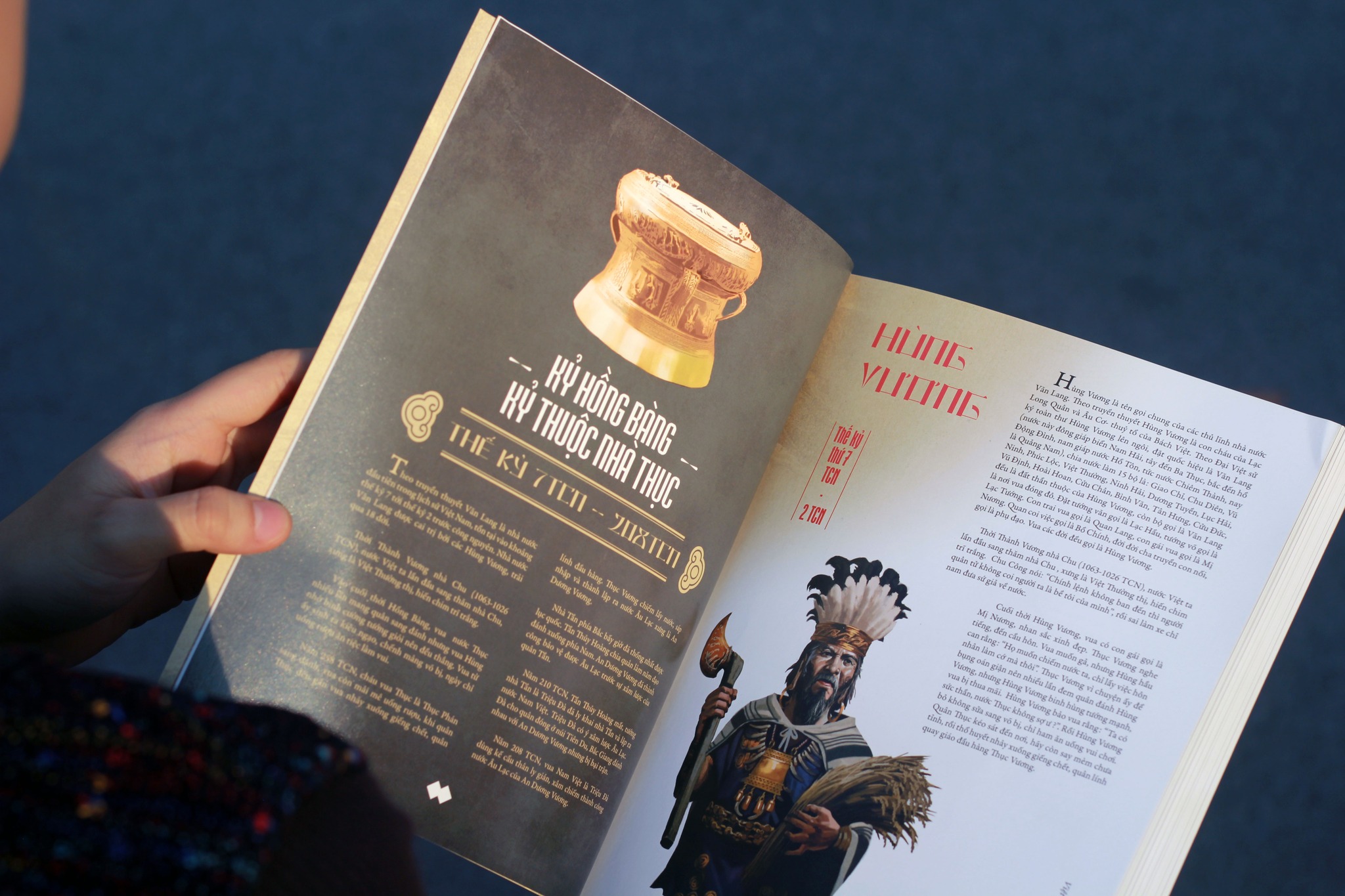
A page of Vietnamese history book
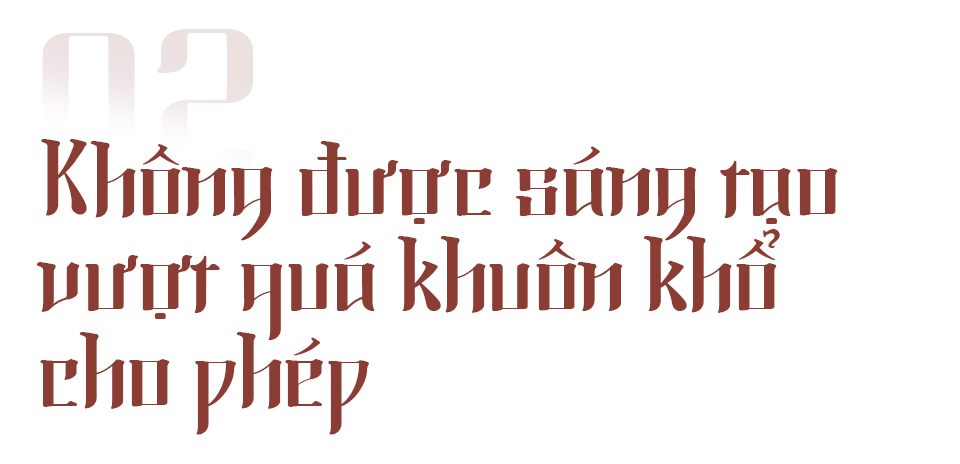
The characters in the book are quite diverse, including Vietnam, China, Champa, Japan, etc. You pay a lot of attention to details. But with history, the more detailed it is, the more accurate it must be. Meanwhile, the descriptions of historical figures from ancient times are very vague. How do you visualize the historical truth behind that vague mist?
In the most natural way. First, I have to feel what the characters are like, based on their stories and personalities. Of course, I have to refer to as many old images and documents as possible. However, I also have to determine that this book is an illustration project, not a simulation or reconstruction. Because simulation or reconstruction means that I have to have documents such as archaeological documents that I have dug up this set of clothes like this, that set of bones like that... So I determined that I would do my best at the illustration level. It would have to be about 60%.
To portray the character, we must use cultural characteristics commonly found in historical descriptions, for example, about Vietnamese people, black teeth, short hair, barefoot, tattoos. Those are always emphasized. We must refer to the faces of Vietnamese people today, including Chinese people, so that when readers look at them, they can recognize that this is a Chinese person, that is a Vietnamese person... In addition, the difference also lies in the patterns, for example, Vietnamese costumes will focus more on ancient Vietnamese patterns...
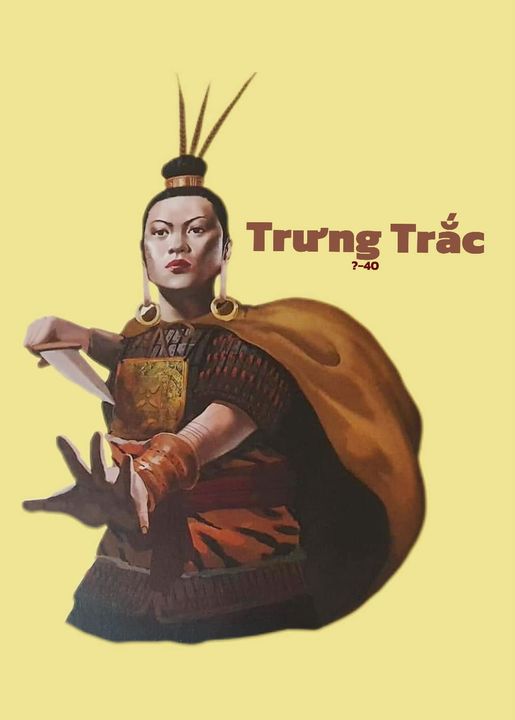
Trung Trac, a character drawing in Vietnamese history by Cao Viet Nguyen
When researching to draw, during the Ly Dynasty, I saw a distinction between the costumes of the aristocracy and the common people. For example, one of the interesting features that few people pay attention to is that during the Ly Dynasty, the Vietnamese used gold thread to embroider patterns on their clothes, both the aristocracy and the common people used it. But at the end of the Ly Dynasty, the king issued an order to ban the people from embroidering gold thread anymore, in order to distinguish between officials and common people. Or in historical documents, there is also a clear description of the king's clothing, such as during the Ly - Tran Dynasty, yellow and white were considered colors reserved for the king. Among the people, except for women, if a man wore white, he would be considered a usurper. During the Hong Bang Dynasty, according to the description, the people wore cross-collar shirts with the left flap, went barefoot, had their teeth blackened, had tattoos and wore a bun (a bun of onions). That is the description of the Chinese writing about our people during the period of Chinese domination.
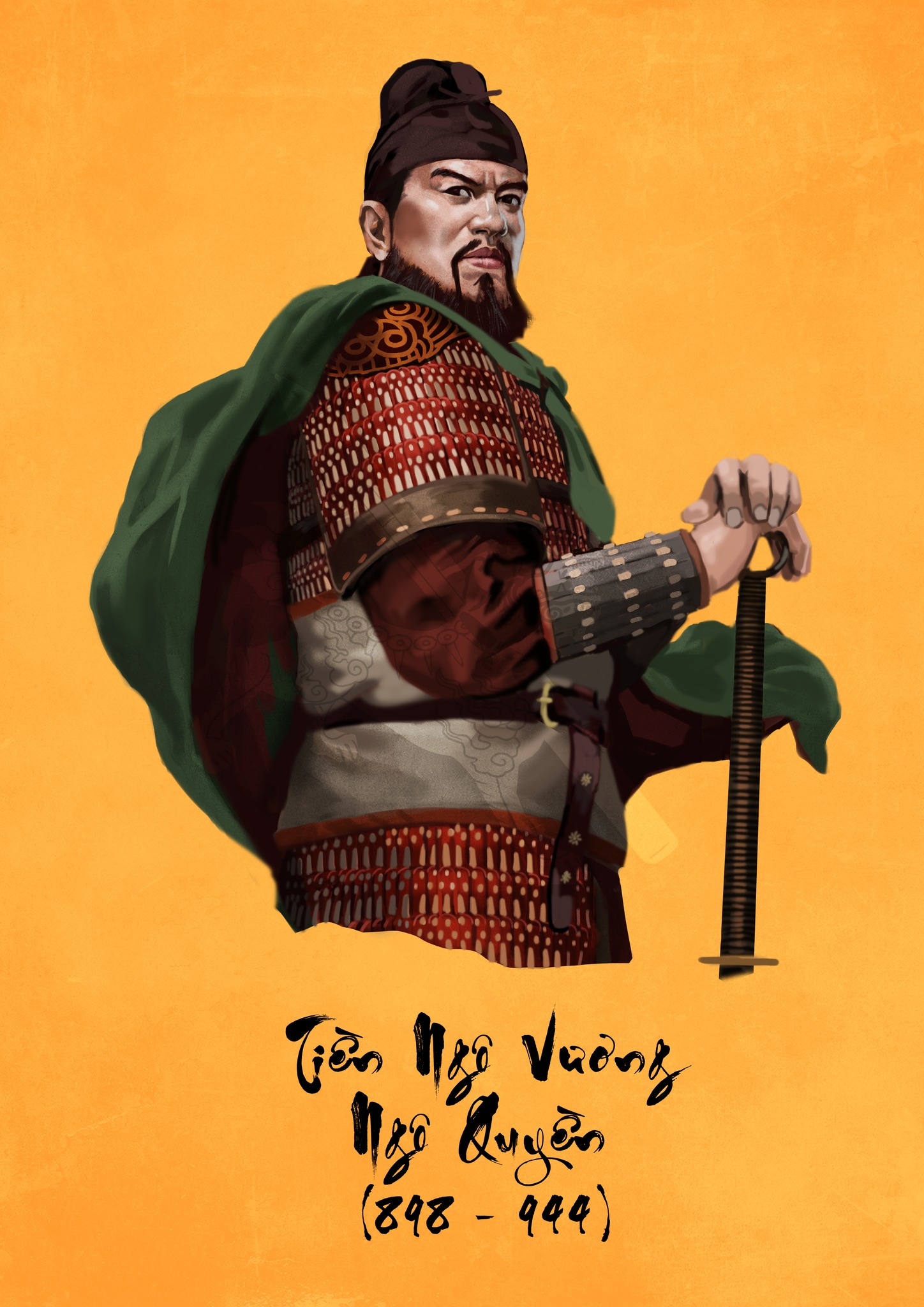
Ngo Quyen, drawing in Vietnamese history by Cao Viet Nguyen
During the Hong Bang period, there were not many characters, only Hung Vuong and An Duong Vuong; but during this period, there were still quite a few artifacts such as statues, sword hilts, etc. and many patterns of the Hong Bang period. In addition, I consulted other sources. For example, the armor of An Duong Vuong, I consulted from the Dien Viet ethnic group, one of the Bach Viet ethnic groups living close to us, and also the armor of China during the Qin - Han period in Guangzhou. Because when Trieu Da established the Nam Viet country, with the capital in Guangzhou, the Vietnamese people were still there.
Illustrating the character Ngo Quyen, for example. The first thing I thought of was: a general holding a sword, wearing armor, standing tall. The next question: what was his armor like, what was the sword like, what kind of armor, did that kind of sword exist at that time? Once these questions were answered, I could draw it. The history of military clothing is simpler than the history of normal clothing. Because in terms of military, in countries with similar cultures, those periods were mostly quite similar. Of course, in Vietnam there are also other characteristics, such as decorative motifs or materials, for example, the material of armor is not only metal but can be leather...
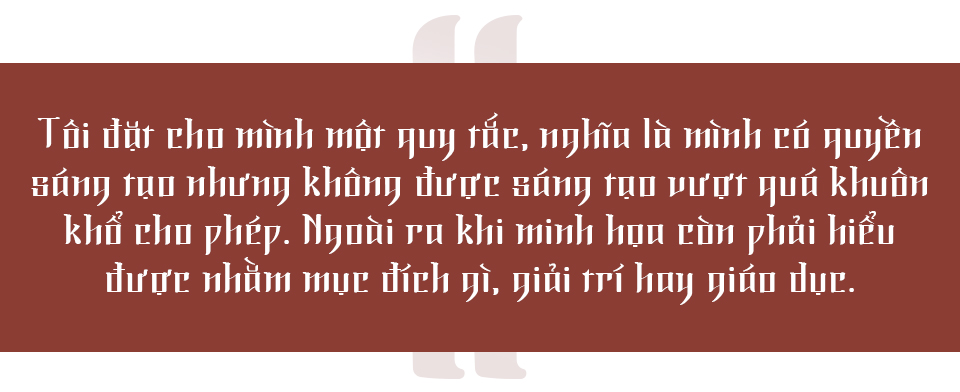
I originally wanted this book to have illustrations and full character information. But then I realized that condensing the information would make it more accessible to readers. And when they have access, want to research and learn more, they can do it themselves.
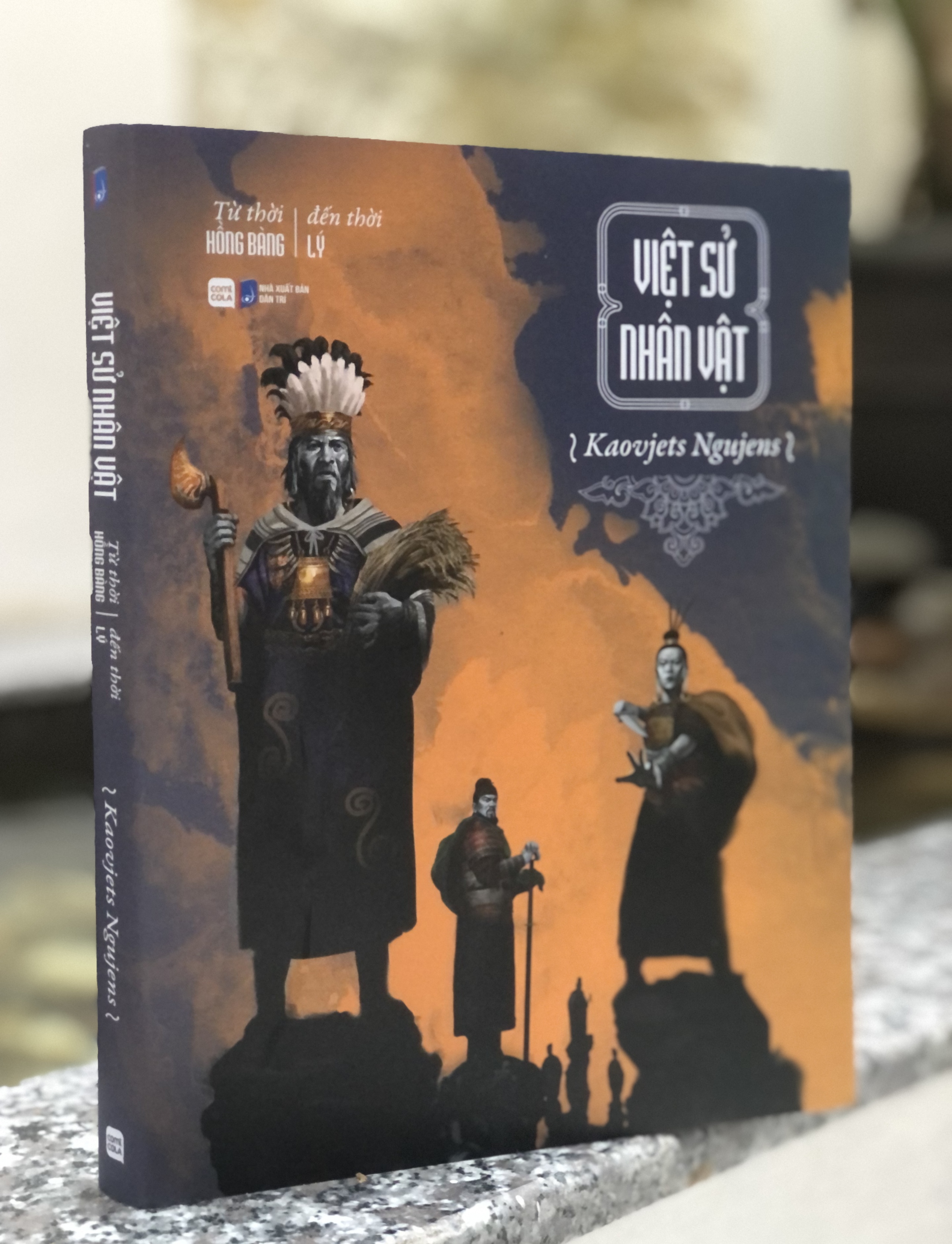
Cover of Vietnamese history book
Having painted many historical paintings and also researched Vietnamese history for many years, looking back from far away from home, what do you think is the most important thing in spreading Vietnamese history to the youth?
In recent years, I have noticed that the movement of loving history has emerged a lot. There are also many groups that illustrate or make videos about historical figures, but most of them are in the form of creativity and imagination. I don't know when you started to pass around very funny stories, such as Ly Thuong Kiet being considered a great handsome man, for example... Actually, some historical figures have mentioned their appearance. China, Japan, Korea and Vietnam are all countries with the same culture, meaning that their costumes are more or less similar to each other, cultural exchange. But Vietnamese people also have certain innovations in costumes. The important and necessary thing now is to popularize information about history, culture, and Vietnamese costumes to society. The more people in the country know, the more those costumes will be honored.
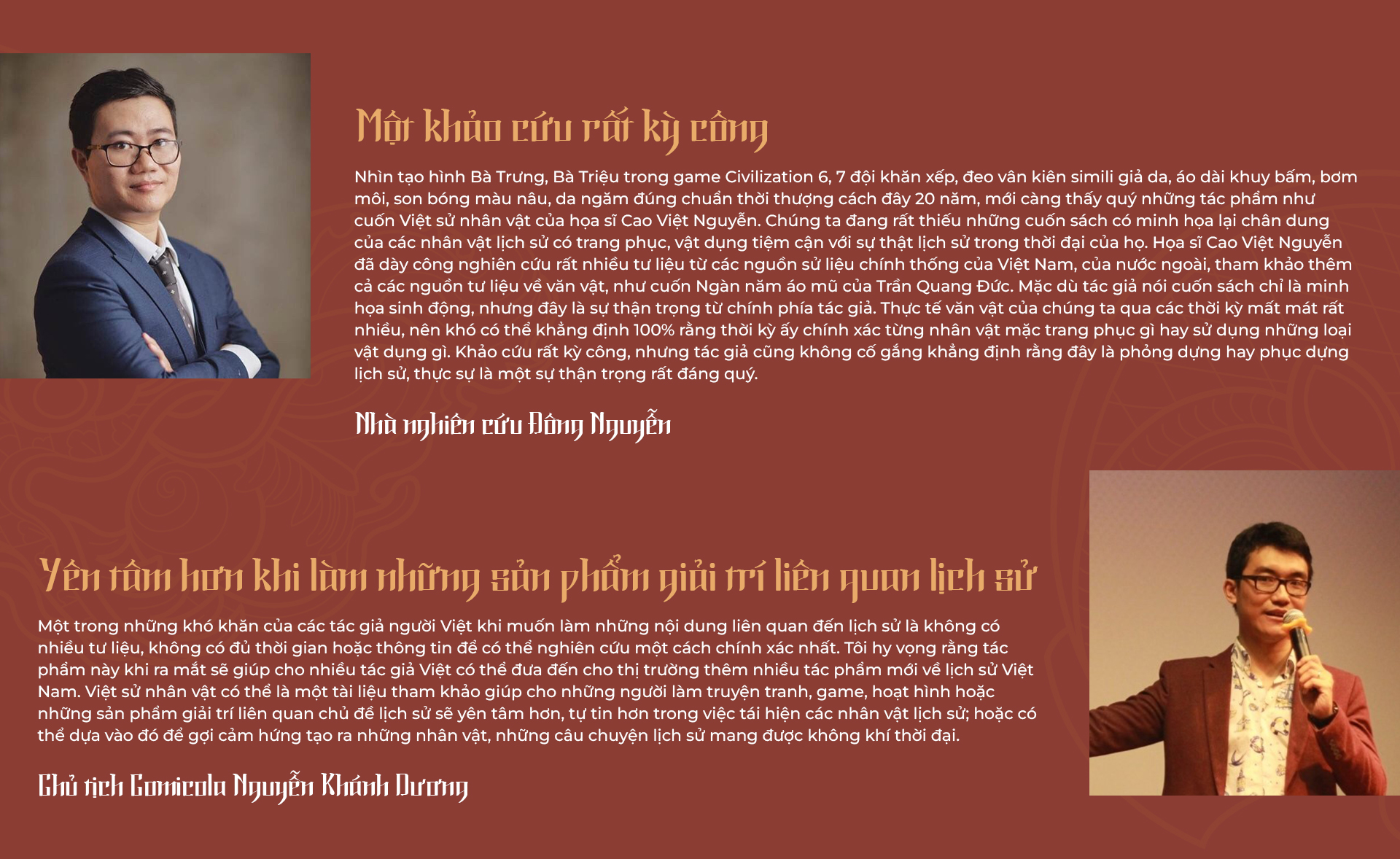
Source: https://thanhnien.vn/cao-viet-nguyen-tai-hien-lich-su-viet-nam-qua-hinh-anh-nhan-vat-18524110922381668.htm


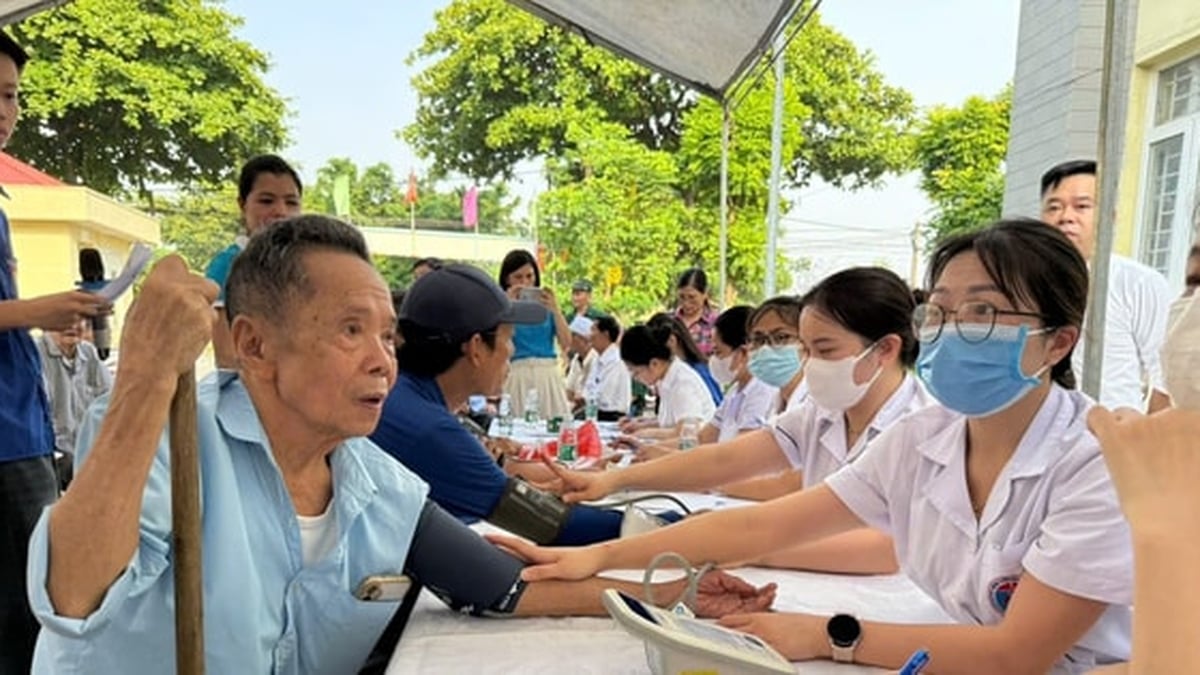

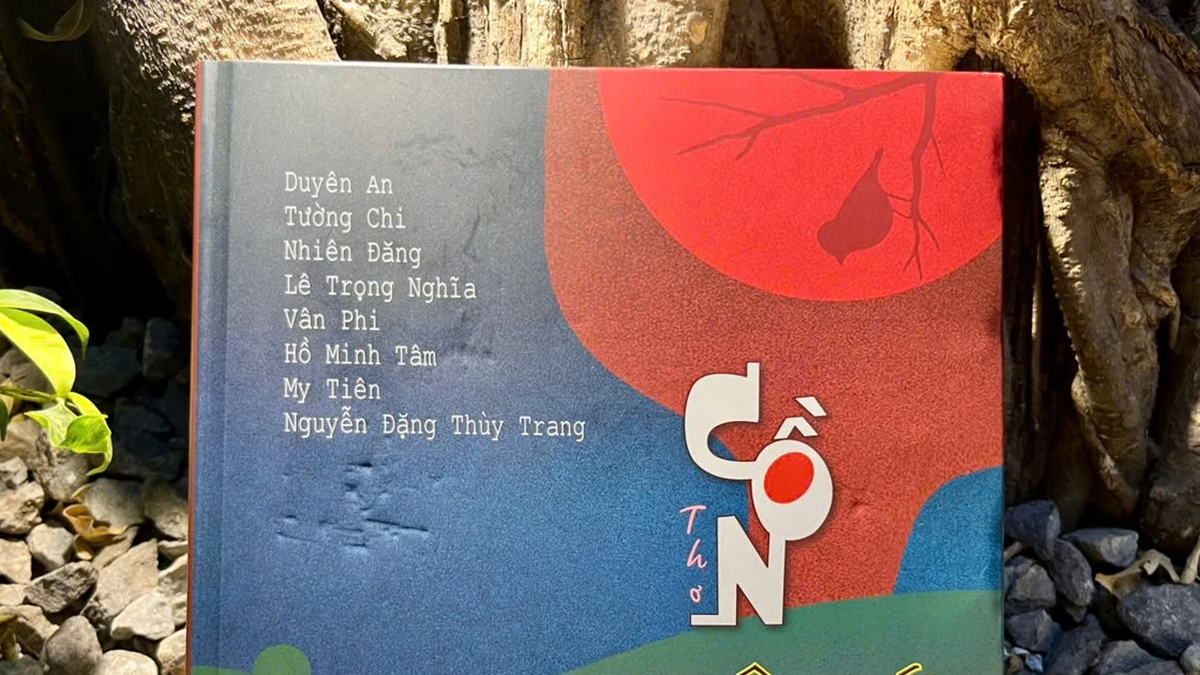
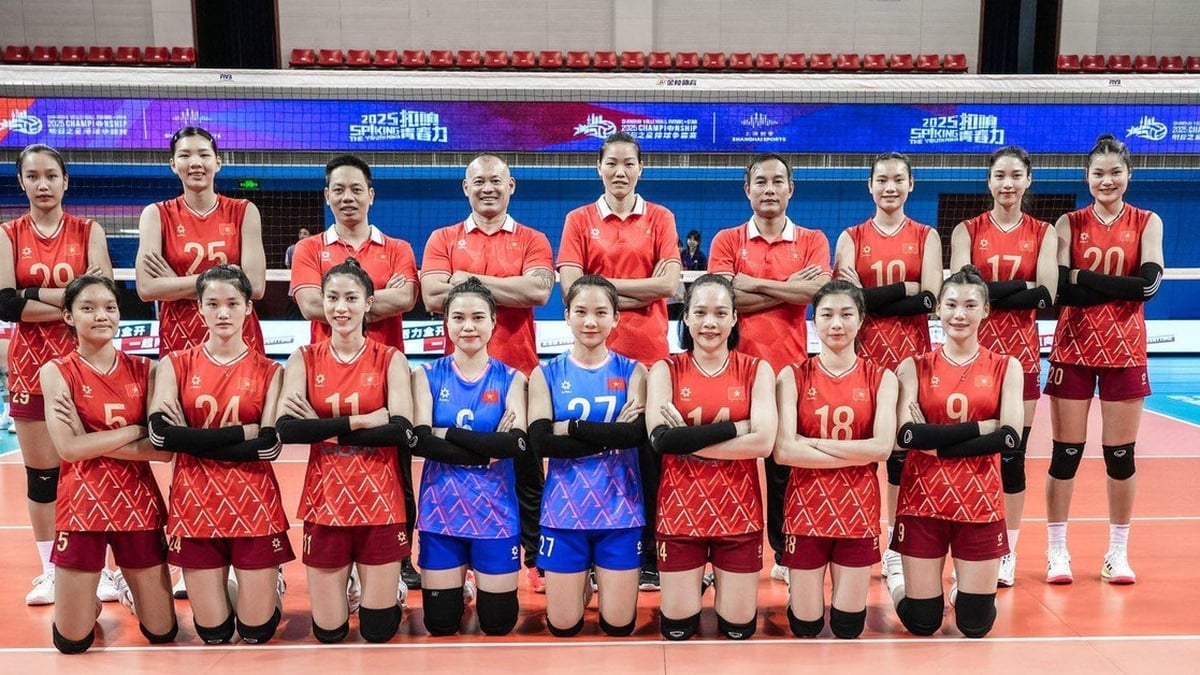

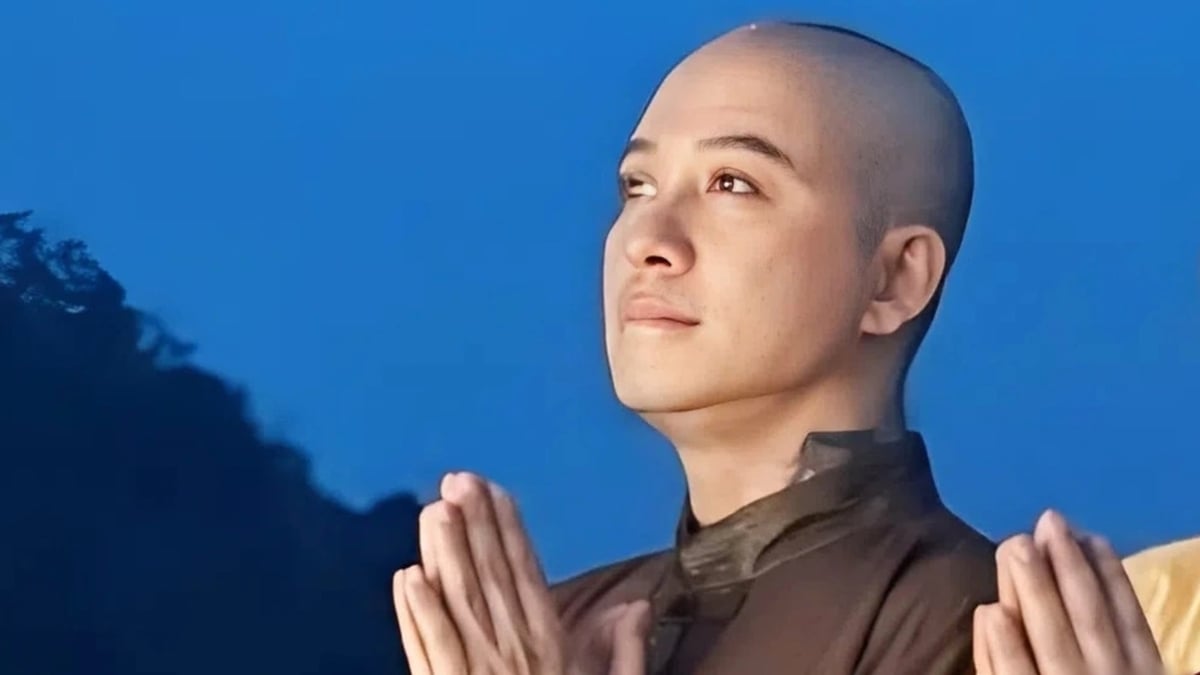

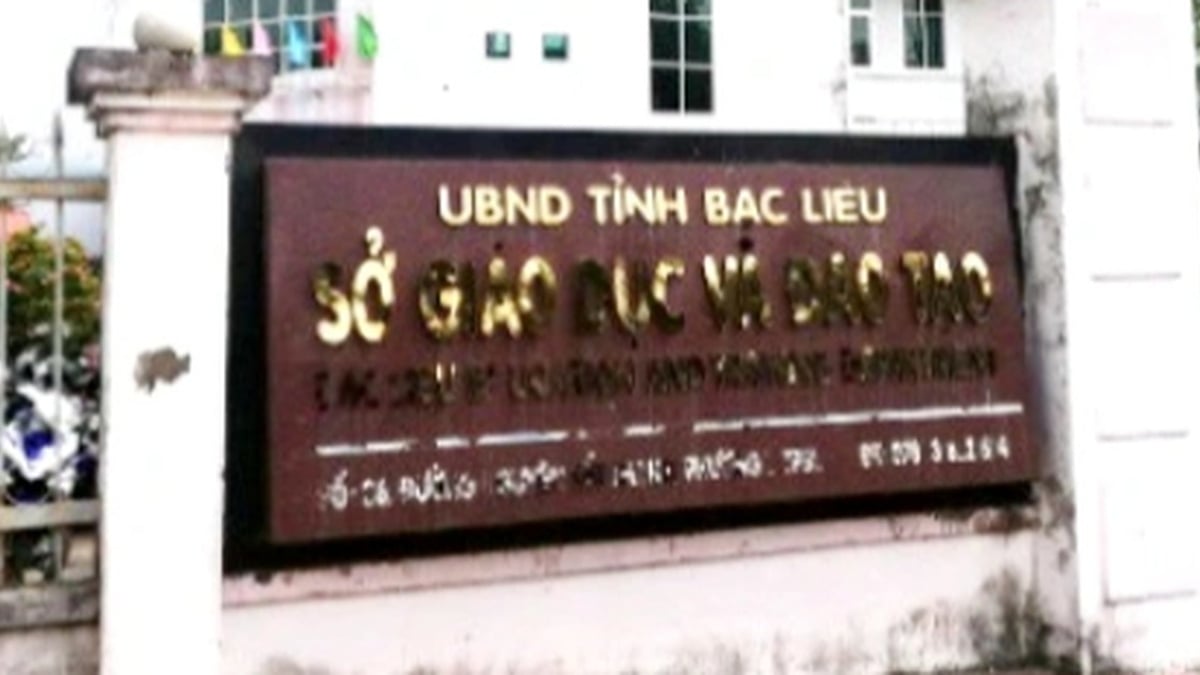

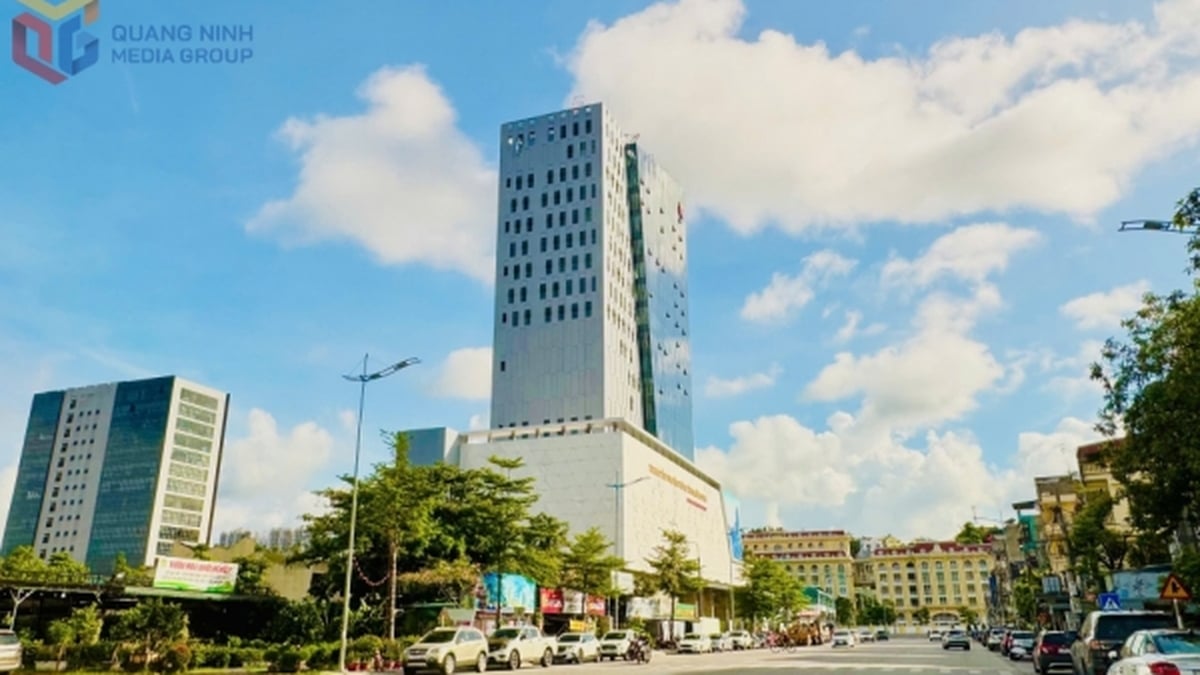



















































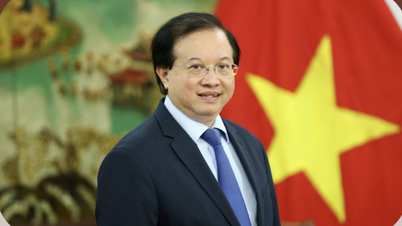

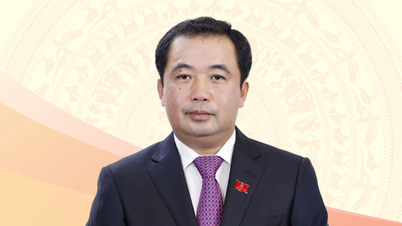
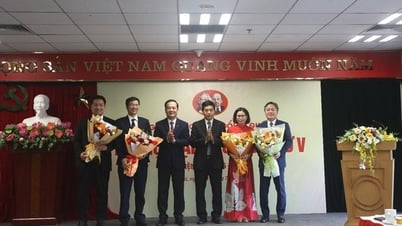

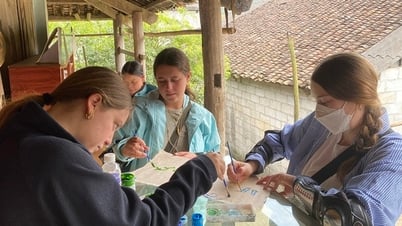

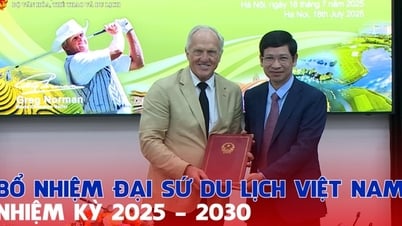


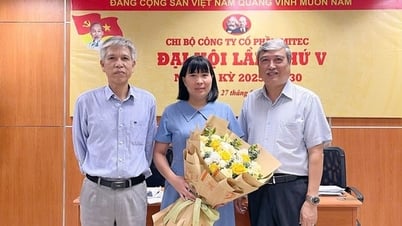
























Comment (0)